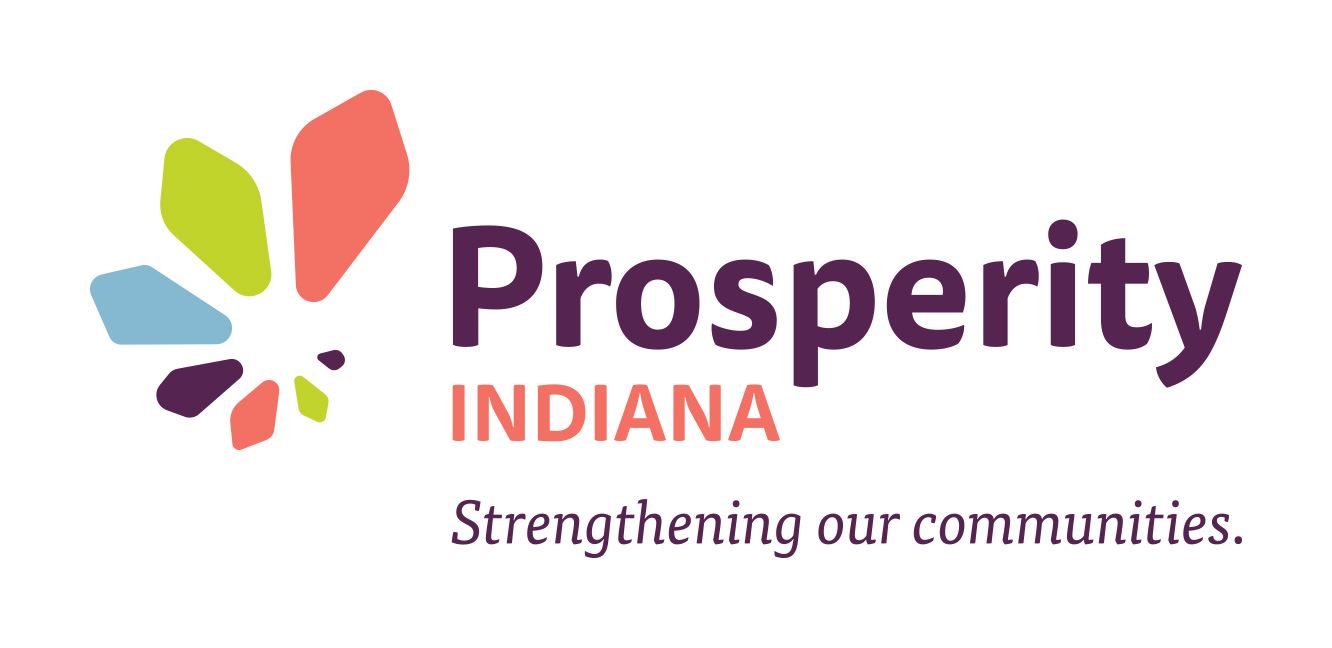This blog was prepared by our partners at the Indiana Institute for Working Families (IIWF)
Payday lending gets a bad rap, with just cause. The payday lending industry’s shady business practices are well known, ranging from usuriously high interest rates to a repayment structure that traps many borrowers in a cycle of unaffordable debt. With lax or no underwriting standards, payday lenders can make loans with minimal consideration of the borrower’s ability to repay the loan due to lenders’ preferred repayment position, often resulting in overdraft fees. Because Hoosier payday borrowers are still vulnerable to these practices despite some consumer protections, the state could better prevent debt traps with more robust truth-in-lending disclosures and capped no-fee installment plans.
The need to protect consumers from predatory loans is so strong that Prosperity Now has made it a priority during its Week of Action. Please visit this website for more information about the Prosperity Now Week of Action and its annual Assets and Opportunity Scorecard.
The federal Consumer Financial Protection Bureau currently has a payday lending regulatory framework pending implementation that offers consumer protections to borrowers nationwide. To supplement the framework, the Institute for Working Families and the Indiana Assets and Opportunity Network support legislation at the state level that informs borrowers of the lending patterns at the lender from which they borrow and requires lenders to offer an installment plan on the initial loan. These protections are proposed in Senate Bill 99 in the Indiana General Assembly.
For markets to function fairly and efficiently, borrowers must have detailed information about a loan product they purchase. While Indiana statute requires a warning statement explaining that payday loans should only be used for short term cash needs, borrowers may be unaware of the strong likelihood for payday loans to become long-term commitments. To bridge this knowledge gap, payday lenders should be required to publicize the median number of loans taken during a year and the median of days indebted during the year. Armed with this knowledge, consumers can make sound decisions about whether or not they choose to take the risk of falling into the debt trap.
Indiana’s regulation offers borrowers some protection from taking out loans that exceed their ability to repay by restricting a loan’s value to 20 percent of the borrower’s income. However, a 20 percent loan may still be too high an amount for the typical borrower to repay in a lump sum. The Pew Charitable Trusts estimates that the typical borrower can afford to pay only 5 percent of their income, while still having enough left over to meet all recurring expenses, without having to borrow again. According to a different Pew study, 49 percent of payday borrowers said they could not afford to pay more than $100 per month. In another Pew study, respondents believed a four to six month repayment period is reasonable for a $500 loan, which equates to about $100 per month.
By requiring lenders to offer an installment repayment plan after three consecutive loans, the state implicitly acknowledges an installment plan is needed to get out of the debt trap. But why not tackle the debt trap problem in the first place by requiring lenders to offer an installment plan for the initial loan? We support legislation that requires lenders to offer an installment plan, with no extra fees, that limits loan repayments to $100 per month for borrowers paid monthly or $50 for borrowers paid biweekly. Not only does an installment plan make repayment more affordable, it also organically reduces the number of loans borrowers can take out during the year due to statutory prohibition of taking out multiple loans with the same lender at one time.
Hoosiers cannot wait until the Consumer Protection Financial Bureau implements its regulatory framework. During this Week of Action for Prosperity Now partners, we call upon the Indiana General Assembly to pass Senate Bill 99 this session in order to inform borrowers about the debt trap and make loan repayment more affordable.

